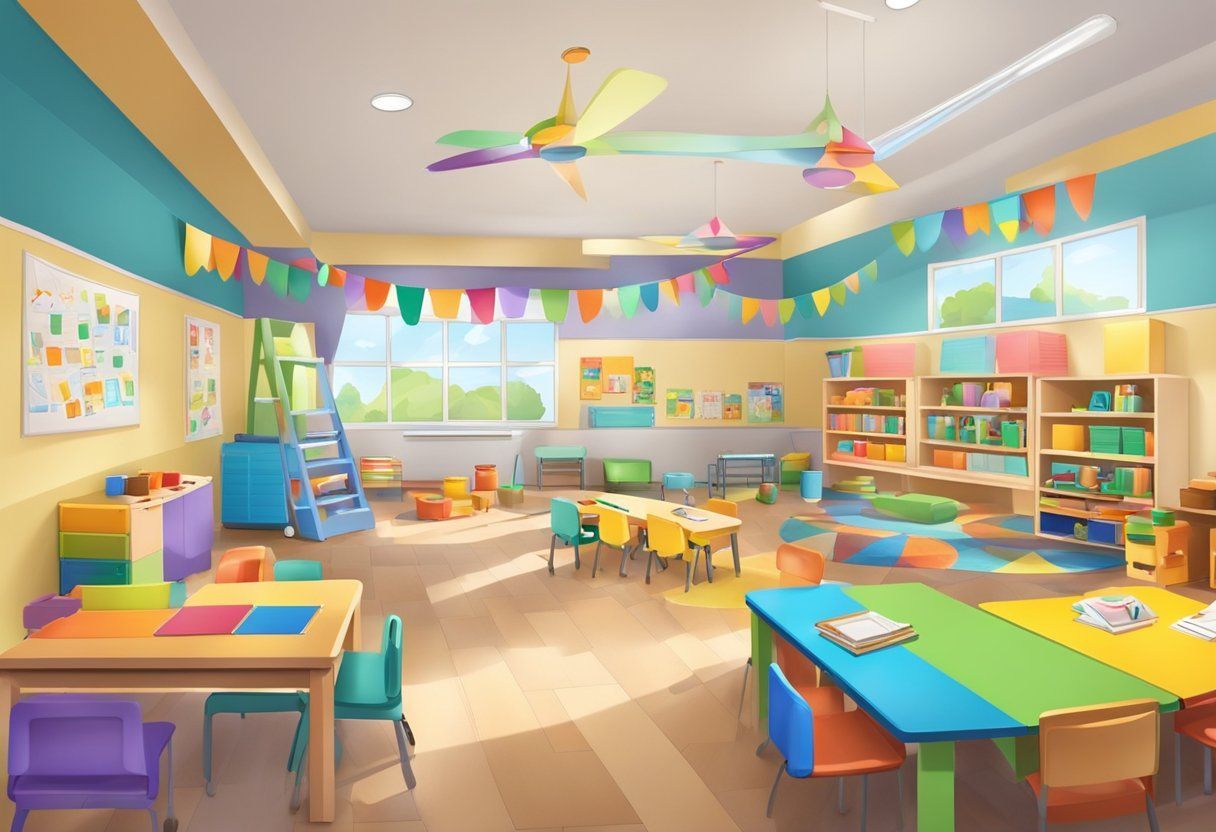BLOG
Categories
The Role of Trauma-Responsive Care in Adoption Support
Trauma isn’t just an event—it’s an experience that shapes the very foundation of a child’s development. For children in the foster care and adoption system, trauma is often a defining factor in how they see the world, how they relate to others, and how they respond to stress. It impacts not just their emotions, but their mental and even physical well-being, influencing behaviors in ways that can sometimes seem confusing or challenging to caregivers.
What is Trauma and How Does It Affect Adopted Children?
When we think about trauma, we often imagine the most extreme cases—physical or sexual abuse, neglect, or exposure to violence. And while these are certainly forms of trauma, we must broaden our understanding. Trauma is any experience that is overwhelming, unpredictable, or prolonged—anything that makes a child feel unsafe and without control. Even seemingly minor disruptions, like moving from home to home or being separated from a caregiver, can have a deep and lasting impact.
A child who has experienced trauma doesn’t just “get over it” once they’re in a safe and loving environment. The effects of trauma are wired into the brain and body. They may struggle with distrust, fear, or difficulty forming attachments. They may have nightmares, anxiety, depression, or an impaired ability to regulate stress. Their survival brain is always on high alert, making it difficult for them to feel secure—even when they are safe.
As adoptive parents and caregivers, understanding the weight of trauma is essential. Healing doesn’t happen overnight, and it doesn’t happen through control or consequences. It happens through safety, connection, and regulation—by meeting a child in their fear, not reacting to their behaviors, and creating an environment where love is greater than fear.
The Reality of Trauma in Foster Care and Adoption
For many children in foster care, trauma isn’t just a single event—it’s a series of experiences that shape their worldview. Neglect, abuse, instability—these are not just moments in time but patterns that create deep-seated stress in a child’s nervous system. The child welfare system acknowledges this reality, emphasizing the importance of trauma-responsive care, but understanding trauma isn’t just a professional responsibility—it’s a personal one for every caregiver.
Adoption itself, while often seen as a joyful new beginning, can also be a traumatic experience. A child being removed from everything familiar—whether safe or not—is experiencing loss at its deepest level. Moving from home to home, adjusting to new caregivers, and feeling the weight of past experiences all contribute to a complex emotional landscape. Without recognition and support, these experiences can create barriers to trust, connection, and healing.
The key is trauma-informed care, but not just in a clinical sense. Trauma-informed parenting means understanding that a child’s behaviors are expressions of their stress, not signs of defiance or disrespect. It means creating safety through consistency, connection, and co-regulation—helping children learn to trust, not by demanding it, but by showing up with patience, empathy, and unwavering love.
Trauma-Responsive Parenting: Creating a Healing Home
For adoptive families, trauma-responsive strategies aren’t just helpful—they’re essential. Parenting a child with a trauma history requires more than love and good intentions. It requires intentional, informed action to create an environment where healing can take place. That means focusing on safety, emotional regulation, and attachment—not just as concepts, but as daily practices.
Building a Trauma-Informed Home
A trauma-informed home begins with understanding—not just of your child’s past, but of how trauma shapes their present. Safety isn’t just physical; it’s emotional and relational. Your child needs to know, deep in their nervous system, that they are secure, that you are predictable, and that your love is unwavering—even in the face of big emotions and challenging behaviors.
- Consistency is Key – Predictable routines help create a sense of stability. Keep daily schedules as steady as possible, and when change is unavoidable, prepare your child in advance.
- Boundaries with Connection – Clear, gentle boundaries help children feel secure. But rules without relationship lead to resistance. Connect first, then correct.
- Encourage Expression – Let your child’s emotions be heard, even the difficult ones. They need to know that their feelings—anger, sadness, fear—are safe with you. Active listening validates their experience and builds trust.
- Educate Yourself – Trauma is complex, but understanding it is the first step to responding effectively. Seek out books, workshops, and resources to deepen your knowledge.
- Seek Support – You don’t have to do this alone. Connecting with trauma-informed professionals, therapists, and support groups can provide invaluable guidance for both you and your child.
A trauma-informed home isn’t about perfection—it’s about presence. It’s about showing up, even when it’s hard. It’s about choosing connection over control, relationship over reaction. Healing happens within the safety of love, and when children feel truly safe, their capacity to trust, attach, and thrive begins to grow.
Building Attachment and Earning Trust
Trust isn’t automatic—it’s earned. For an adoptive child, trust is often something that’s been broken before, sometimes multiple times. That’s why building a secure attachment isn’t about grand gestures—it’s about showing up, consistently, every single day.
- Consistency Creates Safety – Your child needs to know, beyond a doubt, that you are there for them—not just when they’re easy to love, but when they’re struggling too. Follow through on promises. Be predictable. Your actions matter more than your words.
- Connection Before Correction – When a child has experienced trauma, they don’t trust easily. Show affection in ways that feel safe to them. Some children may crave hugs; others may need more space. Pay attention to what makes them feel secure, and honor that.
- Bond Through Shared Moments – Real connection happens in small, everyday moments. Playing a game, cooking a meal together, taking a walk—these aren’t just activities, they’re opportunities to build relationship. Shared experiences strengthen attachment.
- Create Positive Interactions – Every interaction is an opportunity to build or break trust. Instead of focusing on correcting behaviors, focus on co-regulation—helping your child manage their emotions by staying calm yourself.
- Let Trust Develop on Their Timeline – Don’t rush the process. Some children will warm up quickly; others will need time. Let them take the lead in how attachment develops. Your patience tells them, "I'm not going anywhere."
Attachment isn’t about forcing a connection—it’s about creating a space where connection can happen naturally. Love is felt most in the moments when you are simply present, accepting them as they are, and proving—day after day—that you are safe, reliable, and here to stay.
Building Resiliency in Your Child and Family
Resilience isn’t about avoiding challenges—it’s about learning to navigate them with confidence and connection. For adoptive families, resiliency is built through problem-solving, belonging, and self-care.
- Empower Problem-Solving – When children feel like they can handle difficulties, their confidence grows. Instead of rushing to fix things for them, guide them through solutions. “What do you think we should do?” is a powerful question.
- Create a Sense of Belonging – Involve your child in family decisions when possible. Even small choices—like picking a meal or choosing a weekend activity—help them feel valued and connected.
- Model Self-Care – A resilient family starts with regulated parents. When you prioritize your own well-being, you teach your child that self-care is essential, not selfish. Take breaks, engage in activities that recharge you, and allow space for joy.
- Encourage Interests and Talents – Passion fuels resilience. Help your child explore hobbies, sports, or creative outlets. Their sense of purpose grows when they feel capable and valued.
- Celebrate the Process, Not Just the Outcome – Success isn’t just about getting it right—it’s about effort and growth. Praise persistence, creativity, and problem-solving. Small wins add up to big emotional strength.
Leveraging Professional and Community Support
Resilience doesn’t happen in isolation. Healing takes a village. Trauma-responsive care isn’t just for parents—it’s a collaborative effort between professionals, agencies, and support networks.
- Seek Professional Guidance – Trauma-informed therapists, adoption specialists, and support groups provide valuable tools to navigate challenges.
- Connect with Other Adoptive Families – Shared experiences create understanding and support. Find a community where both you and your child feel seen.
- Utilize Community Resources – Schools, social services, and organizations offer programs tailored for adoptive families—don’t hesitate to reach out.
Resilience is about learning to bend without breaking—for both children and parents. When families create safe spaces, encourage growth, and lean on support systems, they build the foundation for healing, trust, and lasting connection.
The Vital Role of Child Welfare Agencies and Professionals
Child welfare agencies are more than just system facilitators—they are lifelines for children navigating trauma. Their role isn’t simply about placement; it’s about creating environments where healing is possible.
These agencies work to ensure that children not only land in safe homes but also receive the emotional and therapeutic support they need to rebuild trust and stability. This requires ongoing professional training, equipping caseworkers and caregivers with the ability to recognize trauma’s impact and respond with compassion rather than control.
- Trauma-Informed Policies and Programs – Agencies implement strategies that prioritize emotional safety, attachment, and stability, reducing re-traumatization for children in care.
- Professional Development Matters – Recognizing trauma isn’t enough; knowing how to respond effectively is key. Workshops, coaching, and continued education help professionals support children and families more effectively.
- Family Collaboration is Essential – No two children heal the same way. Working closely with families to tailor care plans ensures that the child’s unique needs are met, fostering a sense of belonging and stability.
Leveraging Community Resources and Kinship Care Support
No family can—or should—navigate adoption and trauma healing alone. Community support is critical in providing the tools and encouragement families need to thrive.
- Therapeutic and Educational Services – Local organizations offer counseling, workshops, and structured activities that help children process trauma and build resilience.
- Support Networks Foster Connection – Connecting with other adoptive families helps normalize experiences and reduces isolation for both parents and children.
- Kinship Care: Strengthening Family Bonds – When relatives step in to care for children, they carry the weight of both love and responsibility. Access to counseling, financial assistance, and education ensures they can provide stable and nurturing care.
Adoption and foster care are journeys, not destinations. The stronger the support system, the greater the opportunity for healing and transformation—not just for children, but for entire families.
The Power of Collaboration in Trauma-Responsive Care
No family heals in isolation. The collaboration between families, professionals, and support systems is the foundation of trauma-responsive care. When families feel heard, supported, and included in decision-making, trust grows—and with trust comes healing.
- Open Communication is Key – Families must be seen as partners, not just recipients of care. Keeping the lines of communication open between caregivers, professionals, and organizations fosters mutual respect and shared responsibility.
- A Team Approach to Healing – When foster and adoptive families work alongside care providers and experts—such as those in the National Child Traumatic Stress Network—they gain access to best practices, tools, and resources to help their child thrive.
- Resilience Through Connection – Stability isn’t just about the home environment—it’s about the network of support surrounding the family. The stronger the team, the more secure the child feels.
By prioritizing teamwork and continuous dialogue, families are empowered to navigate challenges with confidence, knowing they don’t have to figure it all out alone.
Trauma-Responsive Care in Education and Behavior
A child who has experienced trauma doesn’t just struggle at home—it often shows up in school and social environments as well. That’s why a trauma-responsive approach must extend into learning spaces and behavioral strategies, ensuring that children are understood, not just disciplined.
- Creating Safe Learning Environments – Schools that recognize trauma’s impact shift from punishment-based models to supportive, connection-driven approaches that help children regulate their emotions and behaviors.
- Behavior is Communication – Instead of reacting to disruptive behaviors with frustration, trauma-informed approaches ask: “What is this child trying to tell me?”
- Empowering Families with Tools – When families understand how trauma affects learning and emotional regulation, they can better advocate for their child’s needs and help educators implement supportive strategies.
Healing happens in safe, consistent environments, whether at home, in school, or within the larger community. By integrating education, behavior support, and family collaboration, we create a system where children can build resilience, develop trust, and thrive.
Creating Trauma-Sensitive Classroom Environments
A trauma-sensitive classroom isn’t just about teaching—it’s about creating an environment where children feel safe enough to learn. A child who has experienced trauma isn’t thinking about multiplication or reading comprehension when their nervous system is in survival mode. That’s why the focus must shift from behavior control to emotional regulation.
- Predictability Builds Safety – Routines, clear expectations, and structured transitions help children feel secure in their learning environment.
- Connection Before Correction – Teachers who build trusting relationships with students create a foundation for emotional and academic growth.
- Encouraging Self-Regulation – Activities like breathing exercises, movement breaks, and journaling help children process emotions in a healthy way.
- Classroom Design Matters – Adjusting lighting, noise levels, and seating arrangements can minimize sensory overload and promote calm.
- Recognizing Triggers & Providing Alternatives – Understanding what may cause distress and offering safe spaces or calming activities gives children tools to manage their emotions.
A trauma-sensitive classroom doesn’t just accommodate children—it empowers them to feel understood and capable, leading to stronger academic and social success.
Addressing Learning and Behavioral Challenges
Trauma impacts attention, memory, and impulse control, which means children affected by trauma often struggle in traditional learning settings. Instead of labeling them as “difficult” or “defiant,” a trauma-informed approach asks what the behavior is communicating and responds with compassion and structure.
Individualized Support Plans
Every child’s experience is different. Tailoring learning and behavioral strategies to their needs builds confidence and competence.
Positive Behavioral Interventions
Reinforcing strengths instead of focusing on weaknesses encourages progress and engagement.
Flexible Teaching Strategies
Recognizing different learning styles and adjusting methods helps children overcome academic hurdles.
Consistent Feedback and Encouragement
Children need to know they’re improving—acknowledging small successes creates motivation.
Early Intervention and Professional Collaboration
Working alongside counselors, therapists, and support staff ensures children receive the help they need before challenges escalate.
The goal is not just academic success—it’s creating an environment where children feel safe enough to take risks, ask for help, and believe in their ability to learn.
Supporting Youth Through Trauma-Informed Educational Policies
Trauma-responsive care isn’t just about individual classrooms—it’s about creating an educational system that recognizes and supports trauma-affected children. Schools must shift from reaction to prevention by implementing policies that promote healing, understanding, and equity.
- Training Staff in Trauma Awareness – Educators need tools to recognize signs of trauma and respond appropriately.
- Prioritizing Mental Health Resources – Counselors, safe spaces, and emotional support programs should be standard in every school.
- Encouraging Parental Involvement – Families should have a seat at the table in educational planning, ensuring a collaborative approach.
- Partnering with Community Organizations – Schools don’t have to do it alone. Connecting with local resources expands support for students and families.
- Emphasizing Communication and Teamwork – When educators, caregivers, and mental health professionals work together, children receive comprehensive support that fosters long-term resilience.
A trauma-informed school isn’t just a place for academics—it’s a place where children can heal, grow, and build the skills they need to rewrite their future.
Frequently Asked Questions
What are the key guiding principles of a trauma-informed approach in the context of adoption?
Trauma-informed care in adoption focuses on safety, trust, and collaboration. These principles help create a supportive space where children feel secure and understood.
Establishing safe environments and strong relationships helps adopted children manage their emotions and build trust with their new families.
How can adoptive parents implement trauma-informed practices at home?
How can adoptive parents implement trauma-informed practices at home?
Adoptive parents can maintain predictable routines and offer consistent reassurance. Listening and being patient while respecting boundaries are vital.
Providing emotional support without judgment and allowing children to express themselves freely fosters healing and connection.
What training is available for healthcare providers to support trauma-responsive care in adopted children?
Healthcare providers can access training on trauma-informed care that covers recognizing and addressing trauma symptoms.
Training often includes strategies for effective communication and developing trauma-sensitive care plans. Collaboration with mental health professionals skilled in trauma care is also beneficial.
How does trauma-responsive care differ from traditional care in child welfare systems?
Trauma-responsive care prioritizes understanding past trauma and its effects on behavior and emotions, unlike traditional care that may not address these factors.
This approach tailors support to individual needs, helping children heal and thrive through empathetic and informed practices.
What strategies can be adopted to create a trauma-informed system of care for adoptees?
Developing a trauma-informed system involves training all individuals involved in the adoption process, including social workers, educators, and healthcare providers.
Regular assessment and adaptation of care strategies ensure responsiveness to the child’s evolving needs.
Why is understanding and addressing trauma history crucial for successful adoption placements?
Recognizing trauma history helps families and professionals tailor support to the child’s unique needs. Addressing past traumas is crucial for building trust and attachment.
These are fundamental for successful adoption placements and long-term family stability.
RECENT POSTS
Bringing and keeping families together!








